France River Cruises
Experience a truly all-inclusive journey of a lifetime through the historic and iconic culinary regions of France.
From witnessing the beauty of Bordeaux and the dazzling delights of Paris, to winding through the French gastronomic city of Lyon - revel in the magnificence of this amazing country, in truly all-inclusive ultra-luxury.
Become fascinated by the diverse regions of France, each possessing its own unique charm. Enjoy delicious food and wine, exquisite architecture, and the history of France, as you embark on your all-inclusive luxury river cruise.
Our intimate ultra-luxury river cruises cater up to just 149 guests. Each journey is designed to take you into the heart of extraordinary regions while you relax and unwind as you explore multiple magical towns and cities with ease.
Enjoy an abundance of premium experiences and luxurious outdoor, dining, wellness areas, and spacious suites. Our Space-Ships can also dock in the heart of towns and cruise upstream through Northern France so that you can travel to famous and picturesque towns such as Honfleur.
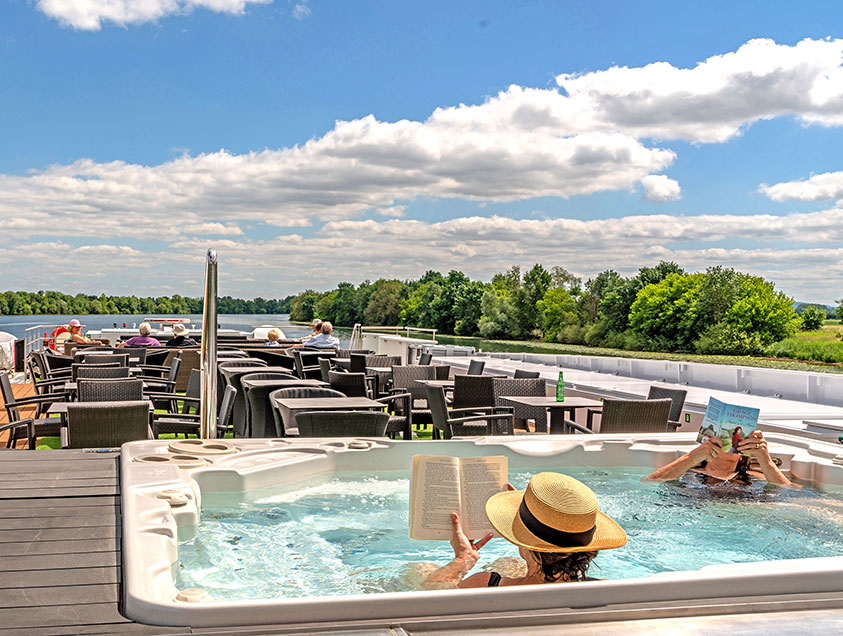
Our generously sized suites are elegantly outfitted with premium amenities including a queen-size Scenic Slumber bed, a pillow menu, and luxurious bath products. The Balcony, Junior, and Royal Suites feature your very own window to the world with our signature Scenic Sun Lounges – some of the largest balconies offered on European waterways.
.jpg?h=636&iar=0&w=843&rev=b5eca0f8a5554b4681b26511ec0842f1&hash=DE429B3BA26CFFB14F1903F546F14444)
Whether you prefer a fine dining experience with a six-course meal, a relaxed café setting offering a delicious à la carte menu, or dining in the privacy of your suite, you’ll find delicious options to suit your tastes on board your Scenic Space-Ship. Premium international beverages+ – wine, beer, cocktails, spirits – are included and available all day, every day. It’s more than outstanding food and wine – it’s the fresh flavors of each region prepared by our innovative chefs.
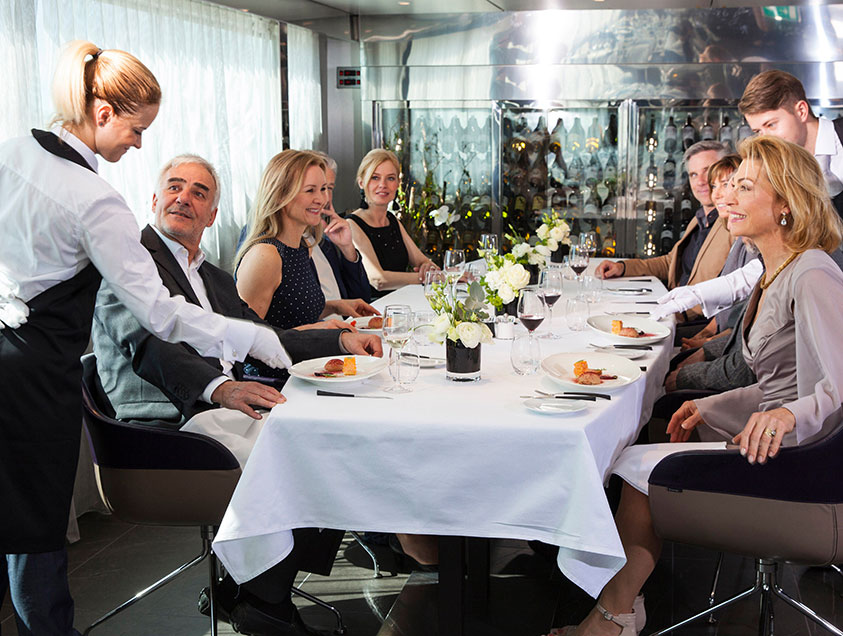
Personalize your river cruise and pursue your own interests as you set off on unique excursions in France. Our extensive Scenic Freechoice excursions provide Active, Moderate, or Relaxed ways to explore so you can choose activities best suited to you. Whether it’s a full day excursion to the D-Day landing beaches of Normandy, or shopping with a chef at a local market in Bordeaux before cooking up a storm in our Scenic Culinaire cooking class, the choice is yours.
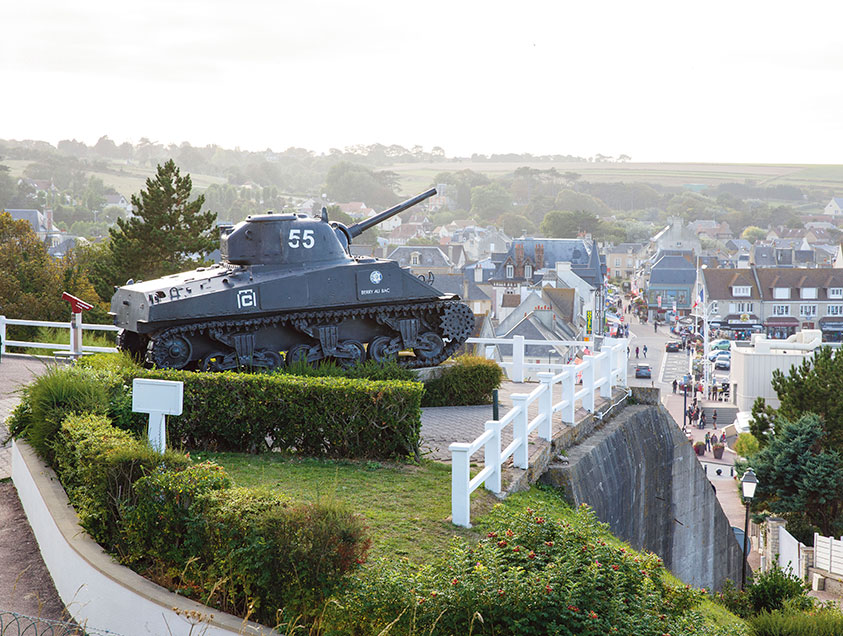
Our exclusive Scenic Enrich experiences place you at the heart of the world’s most refined art, music, and architecture. You’ll go behind the scenes to enjoy moments inaccessible to the ordinary traveler. From an immersive digital art installation show at Les Bassins des Lumières in Bordeaux, to a private concert at the prestigious Palais des Papes in Avignon, these carefully curated experiences are destined to be the highlights of your journey.
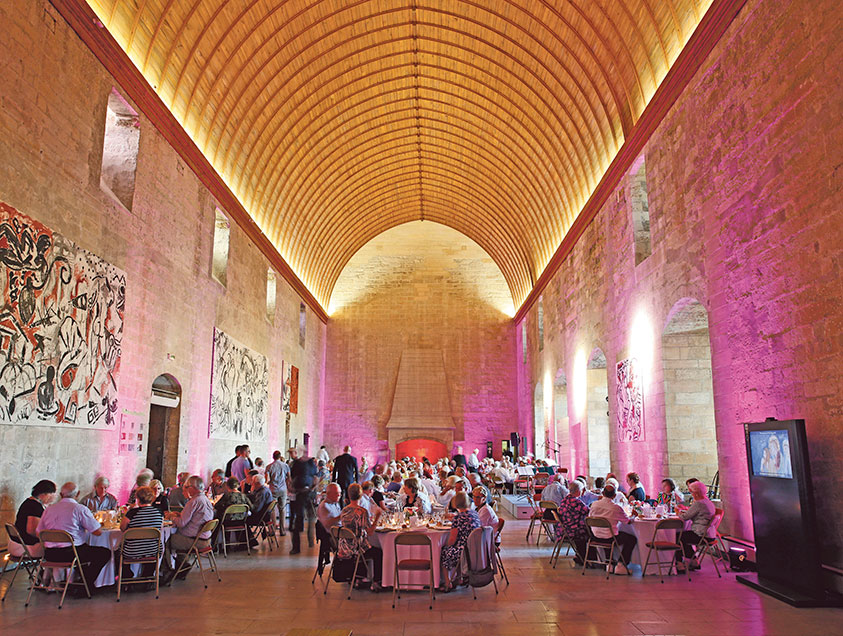
We are the first and only river cruise company to feature a therapeutic Salt Therapy Lounge* on board our Scenic Space-Ships cruising the Bordeaux waterways and the Rhône and Saône Rivers. Mimicking the environment of a salt cave, our Salt Therapy Lounge can assist with healing, improving respiration and boosting the immune system.
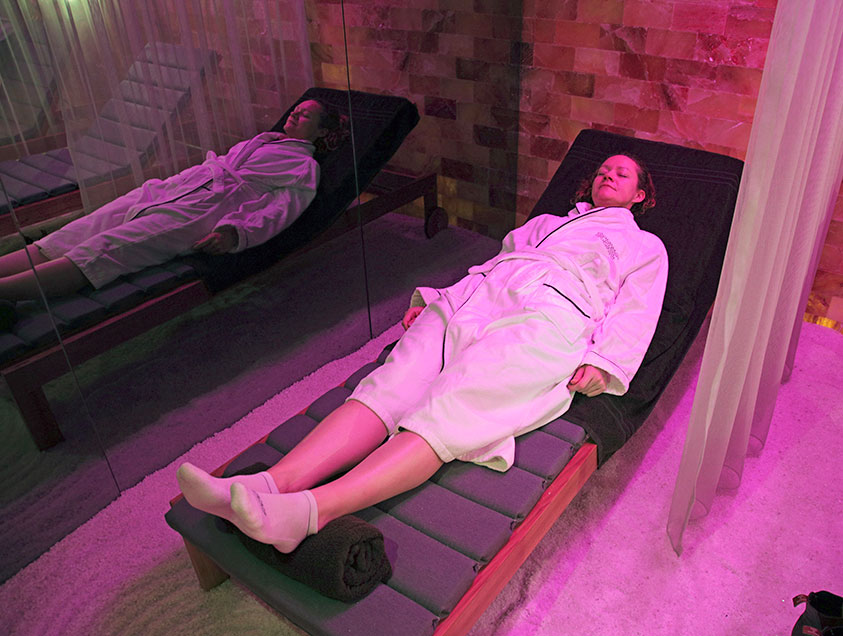

.jpg?h=636&iar=0&w=843&rev=b5eca0f8a5554b4681b26511ec0842f1&hash=DE429B3BA26CFFB14F1903F546F14444)




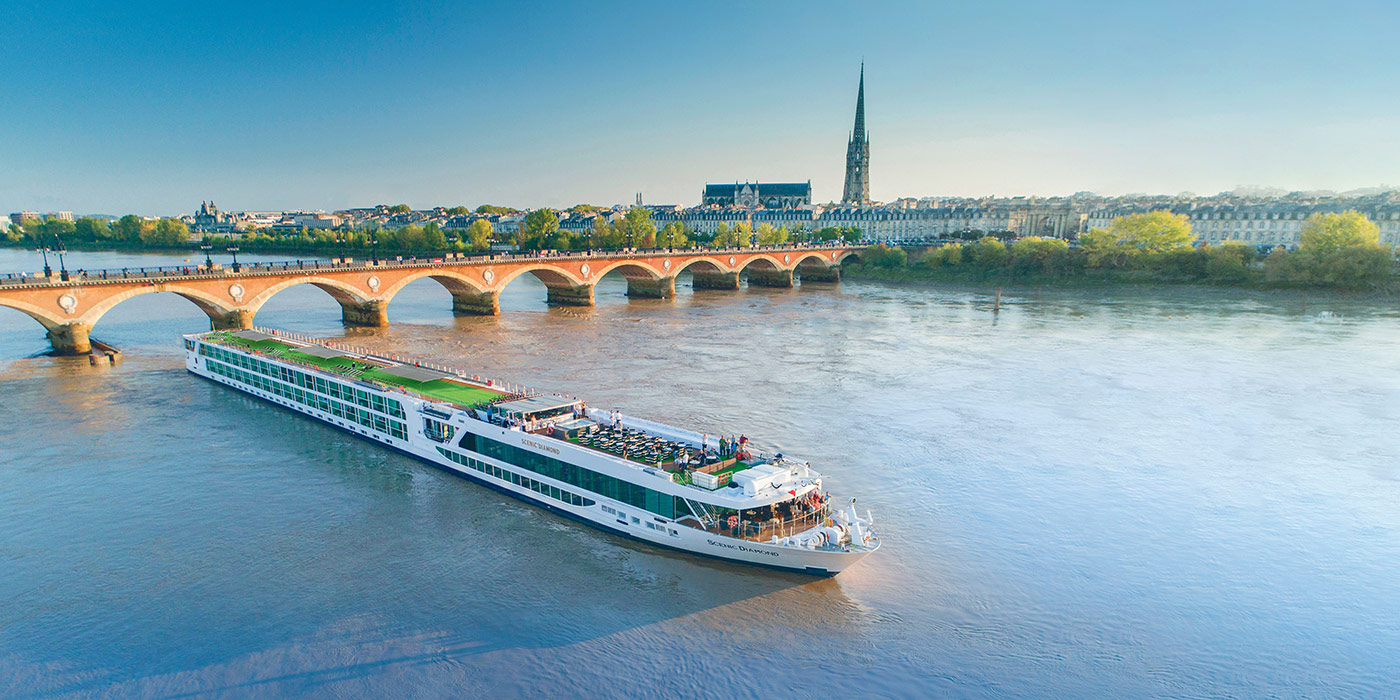


8 Days
SEASON: 2026A feast for the senses in the south of France
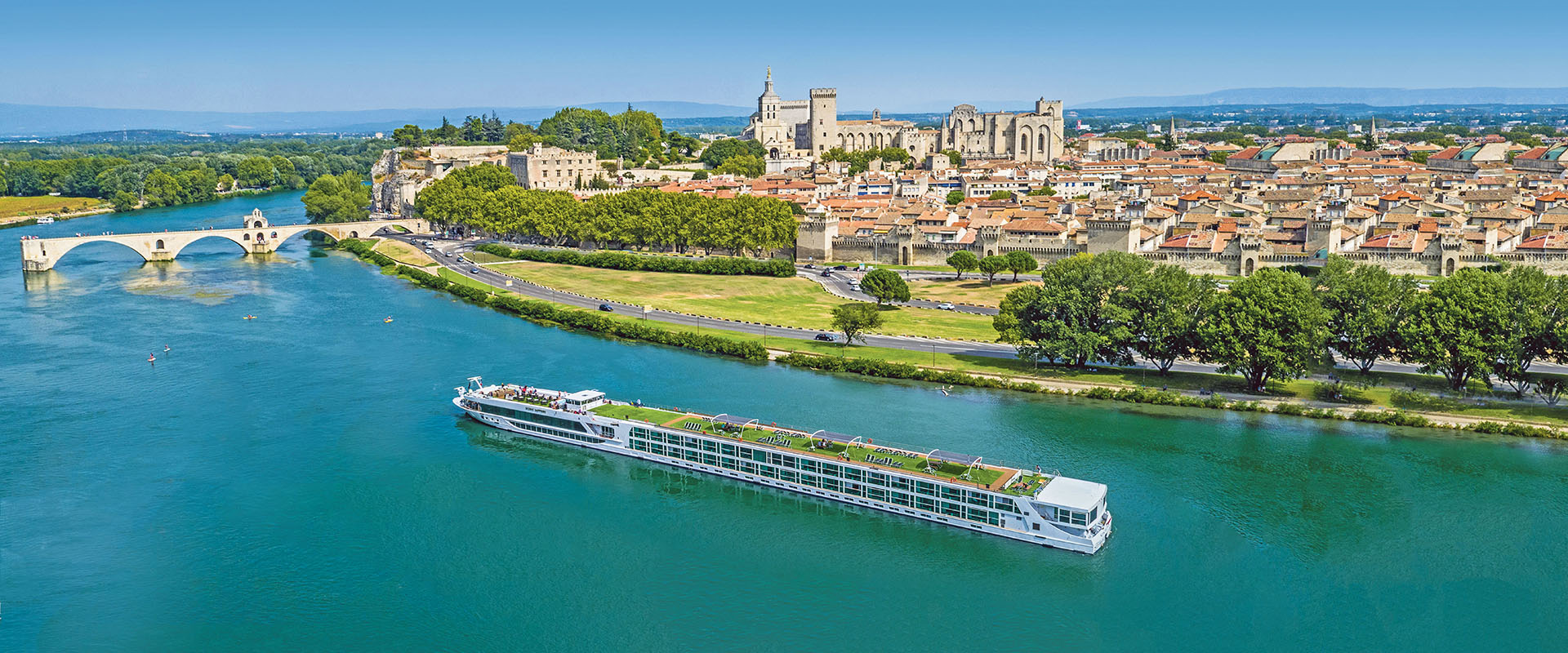
11 Days
SEASON: 2026Awaken your senses in the south of France
Discover more...
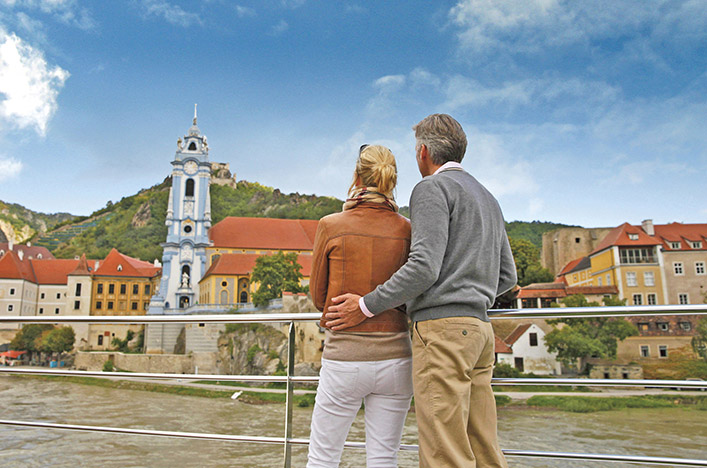



Yes, please keep me updated with the latest special offers, travel inspiration, product updates, and event invites.